Secret Russian satellite Kosmos 2499 shatters mysteriously in space, spews dangerous debris
A mysterious Russian satellite, Kosmos 2499, broke apart last month depositing space debris in Earth’s orbit. While no one knows how it blew up, the mysteries around the satellite go far deeper.
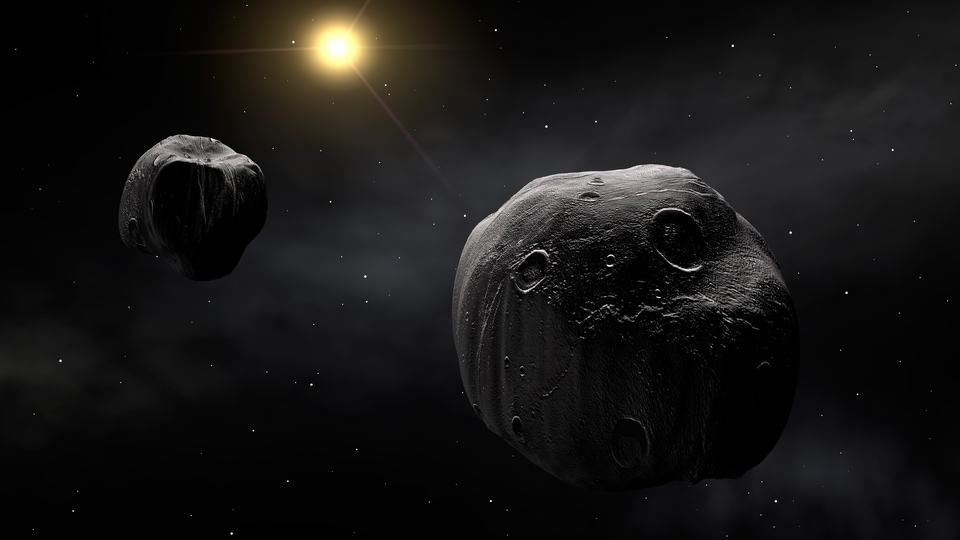
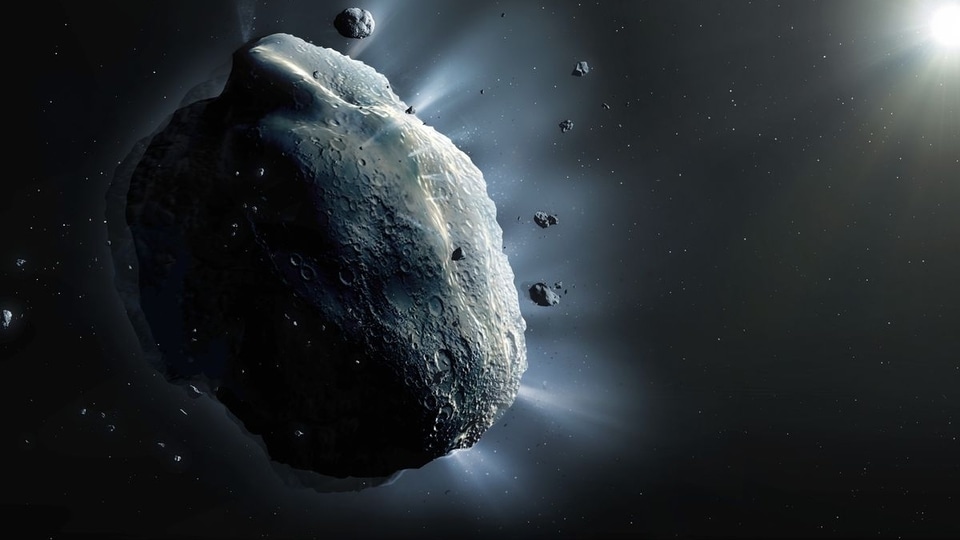
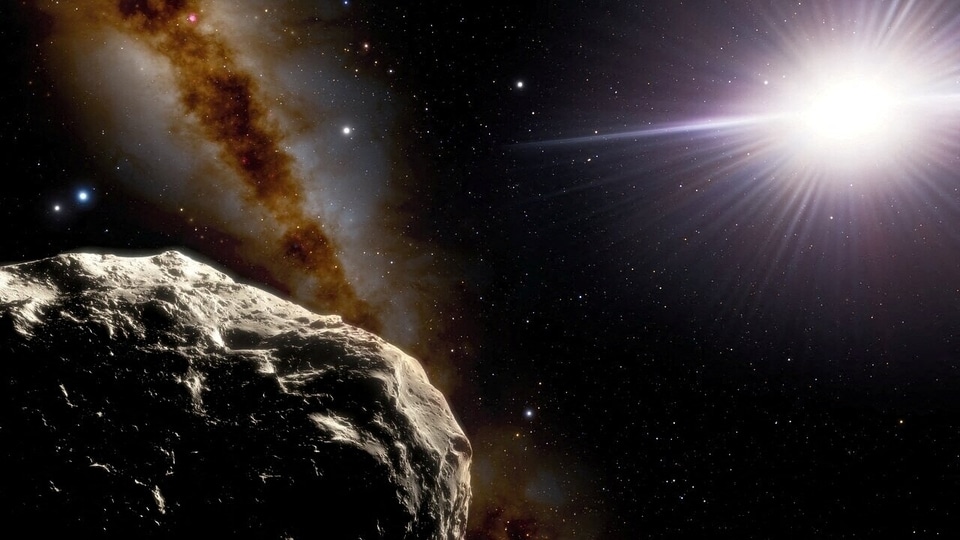
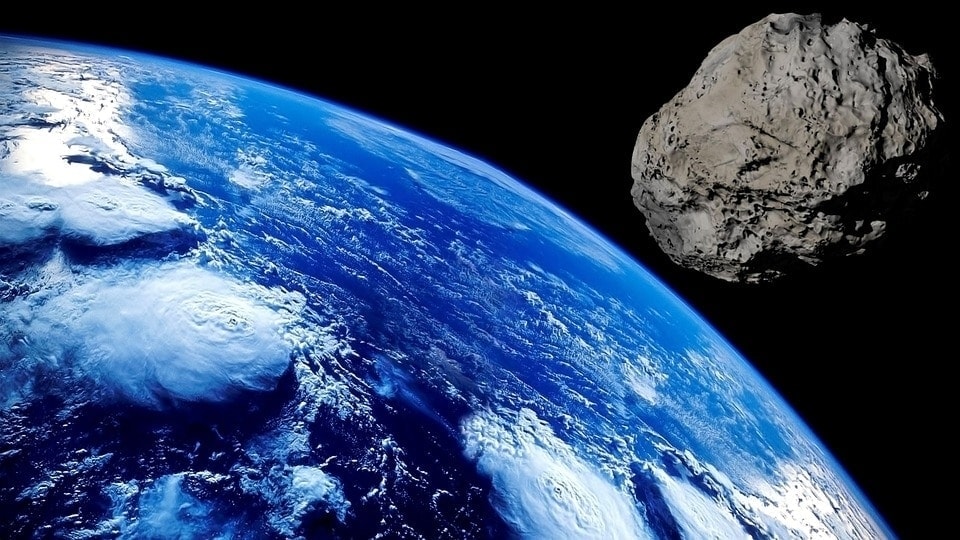

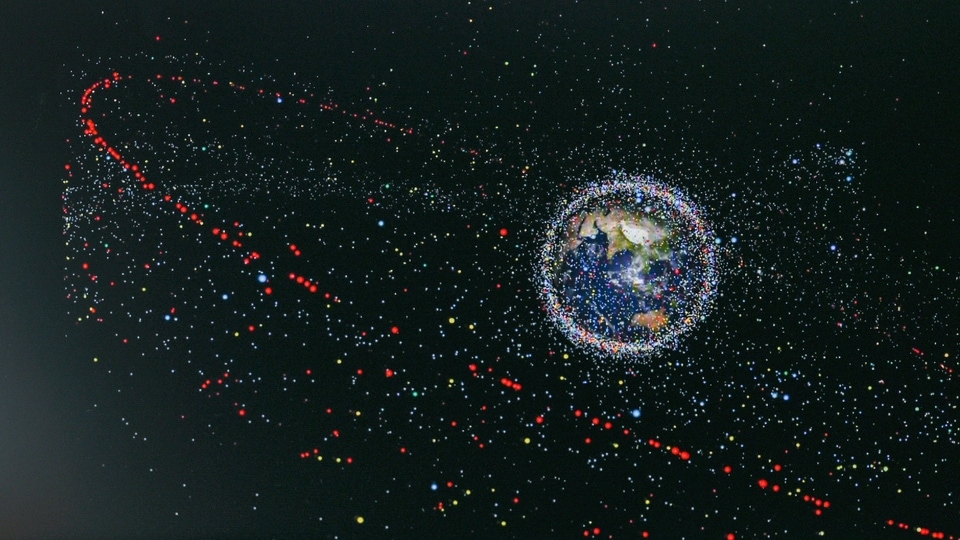
 View all Images
View all ImagesA mysterious event was reported last month in the Earth's orbital space. On January 4, a mysterious Russian satellite, Kosmos 2499, broke apart in space. The reason behind it breaking apart has not been discovered and it is not sure whether a collision with another satellite, micrometeorites bombardment or some other reason was behind the collapse of the satellite. After breaking apart, the satellite has added to the growing problem of space debris, making it even more dangerous for future space flights and satellite launches. However, what is strangest amid it all is that the satellite itself is shrouded in mystery.
The confirmation of the break up of the satellite came from 18th Space Defense Squadron, a United States Space Force Space Domain Awareness unit. It tweeted on February 6, “#18SDS has confirmed the breakup of COSMOS 2499 (#39765, 2014-028E) - occurred Jan 4, 2023 at appx 0357 UTC. Tracking 85 associated pieces at est 1169 km altitude - analysis ongoing”.
The space debris problem
The satellite has contributed to 85 trackable pieces of debris. The space debris has been deposited at a height of 1169 kilometers. At such a height, it will take the atmosphere at least 100 years or more to drag down the pieces and burn them in the air. This means that this debris will become a long term problem for any future space mission from Earth.
The biggest problem with space debris is that a satellite or a spacecraft can hit it while going out or during reentry and it can destroy the high-speed space vehicle causing fatal casualties.
Mystery around Kosmos 2499
While space debris is a significant issue to emerge out of the incident, a larger question is around the satellite itself. The satellite was launched to Earth's orbit in 2014 on a Russian rocket vehicle, however, this particular satellite was not even mentioned in the launch manifest, according to a report by Space.com.
Initially, US satellite trackers identified the object as a piece of debris named Object E. But after the object began maneuvering, it was reclassified as payload Kosmos 2499 (with a translated spelling COSMOS 2499). Throughout its tenure, the satellite was seen approaching its rocket stage multiple times, leading US astronomers to believe that Russia could be testing tech that can allow its satellites to chase and disable other satellites. Russia has refuted such claims.
It is not known what the satellite's purpose was but it is believed that the satellite could have gone inactive and broken down remotely from the Earth.
Catch all the Latest Tech News, Mobile News, Laptop News, Gaming news, Wearables News , How To News, also keep up with us on Whatsapp channel,Twitter, Facebook, Google News, and Instagram. For our latest videos, subscribe to our YouTube channel.































